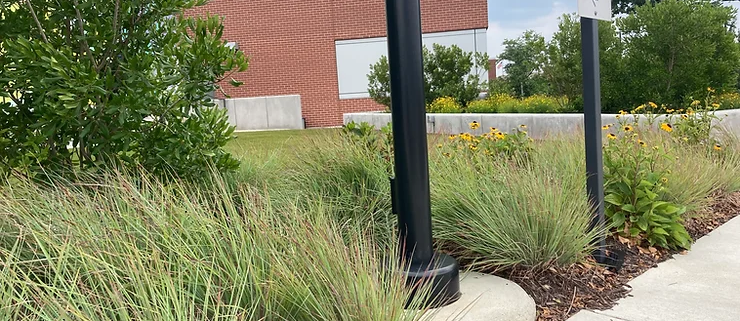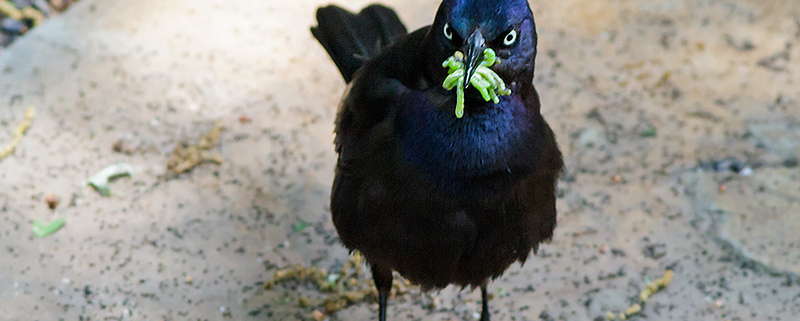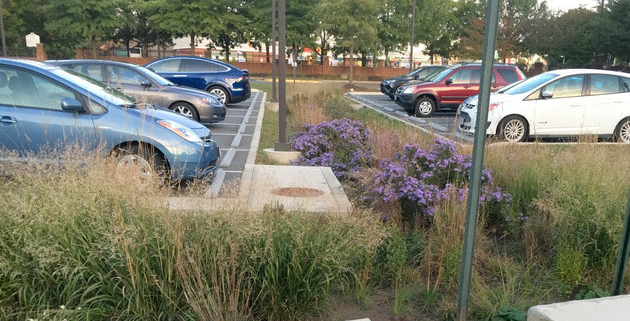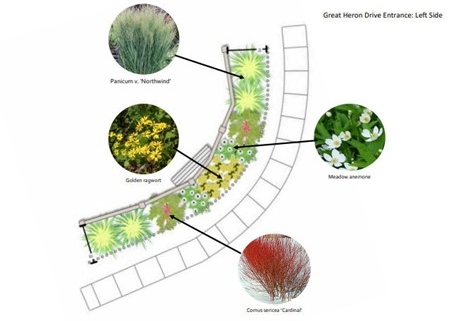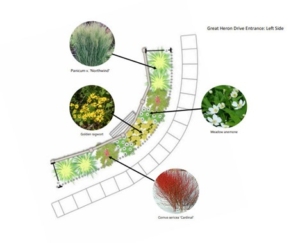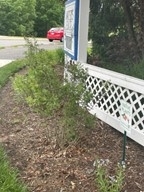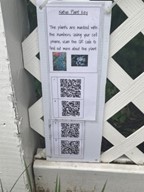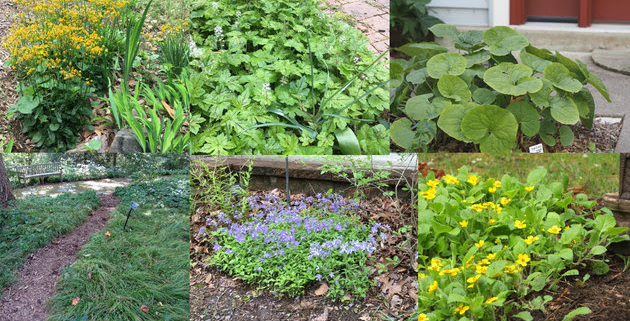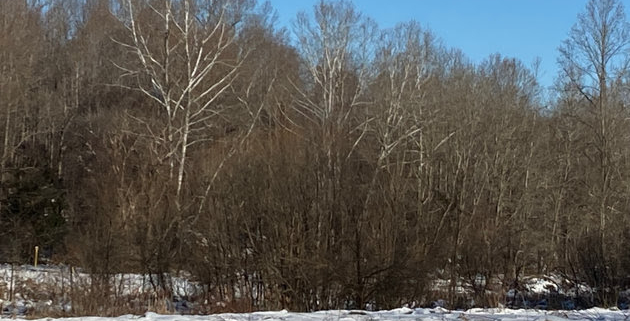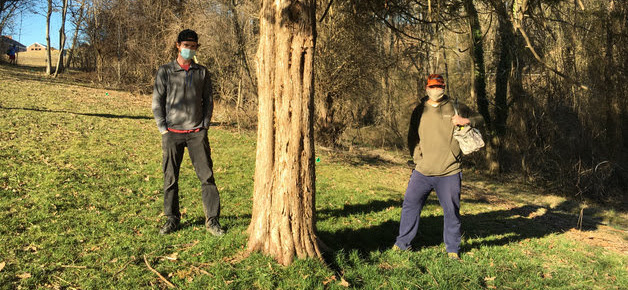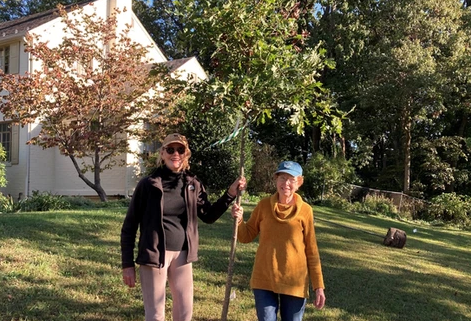Humans and Trees Share a Common Enemy: Stress!
Article by Elaine Kolish; feature photo: Plant NOVA Natives
· Use the right plant in the right spot. Right off the bat, you will stress a tree if you plant it in the wrong spot. For example, a shade loving, understory tree such as Flowering Dogwood is going to be highly stressed if planted in full sun in dry soil. Consult plantnovatrees.org for help in choosing the right trees for your site.
· Use proper planting and staking techniques, These include not planting the tree too deeply and not burying the trunk flare. Think about whether you need stakes and guy wires, because preventing a tree from swaying in the wind will weaken it. If you do use them, always remove them in a timely fashion and not later than a year after planting. When left on too long, stakes can girdle and kill a tree. For information on how to plant a tree properly, consult Fairfax CountyTree Basics.
· Use proper mulching techniques. Mulch should be applied in a donut shape, not a volcano, and should not touch the tree. When piled high against the tree, mulch can cause decay and ultimately death. The mulch should not be more than two or three inches deep to allow the rain to penetrate. If for some reason you want to add more every year, you should remove the old mulch first.
· Avoid competition for water. Trees and turf are not friends. Since both have shallow roots, they compete for water and nutrients, and turf wins the battle in the tree’s early life. Also, if there is grass under trees, we run the risk when mowing of damaging the bark, nicking shallow tree roots, or compacting the soil. Any of those will stress our trees. Mulch and/or dead leaves under trees is best, and the larger the ring, the better. A large turf-free ring also provides the opportunity for underplanting with native shrubs and ground-layer plants, creating a mini productive habitat for insects and wildlife.
· Everyday activities that can hurt trees. Chaining bikes or other items to trees can damage their bark, as does allowing car doors or bumpers to hit them. Repeatedly wounding their bark makes trees vulnerable to decay and disease. Parking under trees also causes soil compaction that can suffocate tree roots.
· Use proper pruning methods. Don’t top trees! That is a sure way to weaken a tree, make it structurally less sound, and in the most extreme situations eventually kill it. It is useful [1] to take out broken, diseased and dead branches. For example, a clean cut to remove a broken branch helps a tree recover from a wound better, and pruning out a dead branch keeps it from falling unexpectedly and damaging something or someone. If you don’t know how to prune trees properly, hire a certified arborist to do so or consult one of the many how-to-prune books you can find at the library. A good reference book can show you how to prune trees so they are free from structural weakness and are as healthy and vigorous as possible.
· Water during droughts. We may not think to water our native trees and shrubs, because a key characteristic of native plants is that once they are established, they no longer need to be watered. But, when there is a drought, even natives may need to be watered, and that is especially true if they have limited soil space from which to draw water, such as in a small tree box next to a street. Without sufficient water, trees will lose their fine absorbing roots and leaves and move to a dormant state. Years of drought and/or other stressors eventually can cause the tree to die.
· Protect young trees from deer browse. Unfortunately, an overabundance of deer can stress and threaten the survival of our woodies. Consult Plant NOVA Natives for strategies to deal with that.



